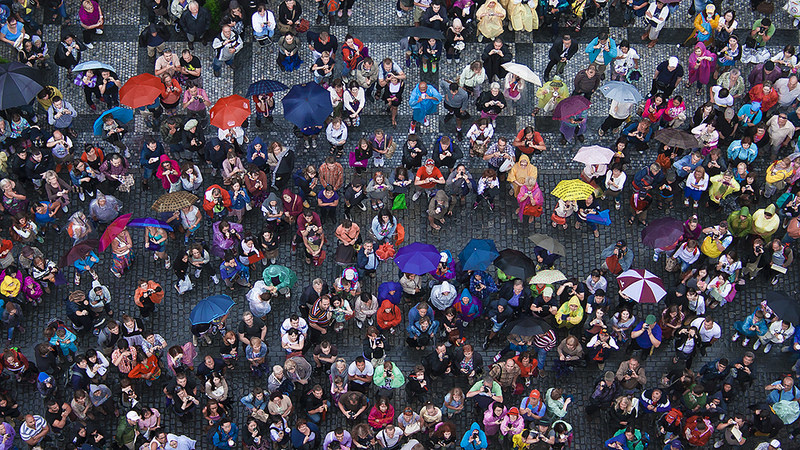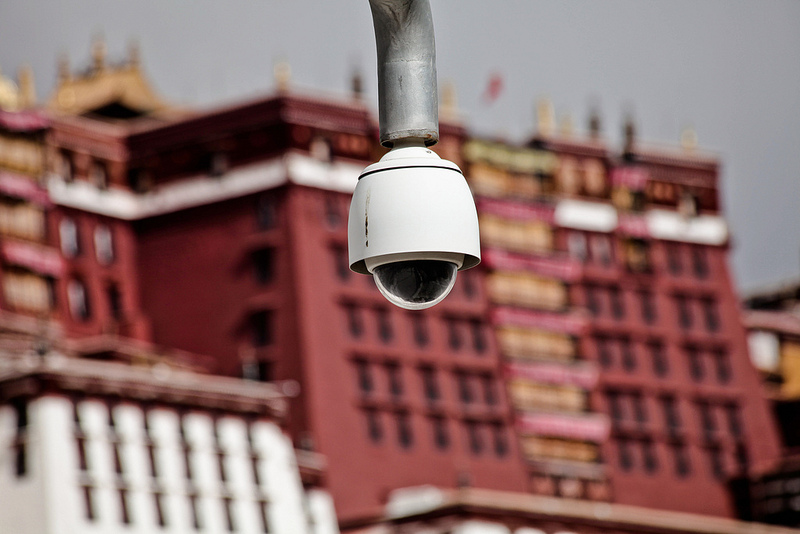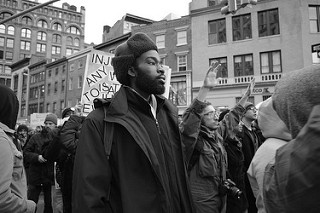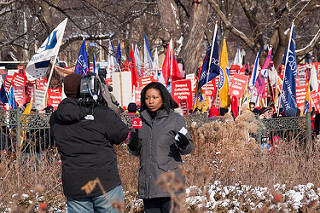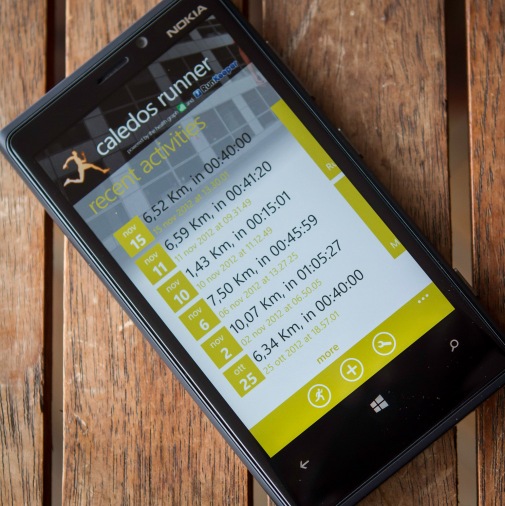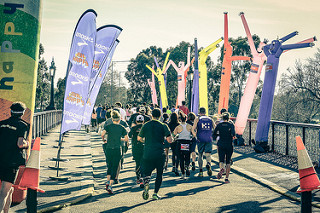Our Surveillance Story: Context and Message
The inspiration for our group’s ‘surveillance story’ stems from the momentous societal shifts we have faced in today’s information-technology revolution, where today, there is an ability to publish personal information, data and updates about our individual lives to a huge and often unidentifiable audience of people.
This is facilitated through the immense variety of information that is online, and the plethora of differing social media platforms that exist, which are “borderless, quick” (Watney 2015, p. 301) and readily available to us through the accessibility of the internet and mobile technology. Consequently, we have entered the modern era of ‘self-surveillance’, where we, as individuals, are controllers of the personal data that we consciously broadcast on these online platforms of communication and interaction with other individuals.
Today, many members of society actively participate in social media and virtual interaction platforms, and this commonly involves broadcasting some form of personal information, be it about appearance, occupation, hobbies and interests, and even physical whereabouts. This common, every day activity can be contrasted against the broader context of general media publication and community-wide disapproval and scepticism towards the notion of government surveillance and monitoring, which overall facilitates moral panics of the government ‘knowing our every move’ and controlling our lives in a totalitarian, dystopian society. In particular, there was overwhelming outrage and criticism surrounding the Australian Bureau of Statistics’ (ABS) intention to store names and addresses from the Census for as “for as long as there is a benefit for the community to do so”1. In previous censuses, the ABS had destroyed this information automatically after eighteen months as was the case in previous censuses. This highlights a strong opposition from the masses in having our personal information collected and monitored by government authorities.
In our surveillance story, our aim was to emphasise this comparison, invoking a satirical tone through the use of irony as we illustrated the casual, almost subconscious ‘self-surveillance’ that we undertake through our involvement in online communication, as it has become such a normalised activity within this information technology society. We intended to highlight this through the depiction of common, everyday conversations between friends and peers, which today, generally involves some use of online interaction and broadcasting. This is contrasted to the preceding news report-style snapshots that aim to reflect both the heavy media commentary on government surveillance, as well as the perceived community-wide fears that are voiced in response to this.
In saying this, our story does not aim to depict online participation and self-surveillance as a negative development of modern society. Rather, we purport that the information recorded by government surveillance tactics, as outrageous as we may perceive them to be, are perhaps not all that dissimilar from our own online activities of information broadcasting and self-surveillance. While we should still maintain an awareness of government surveillance processes, it is important to equally realise our own roles that we play through our involvement and communication online.
Overall, the context for our surveillance story is inspired by a quote from Sarah Igo, who claims that today, in modern society, there exists –
“the individual quest for self-exposure in an ever-expanding universe of social media: Here, it is not the state or corporations that seem to imperil privacy but, rather, willing exhibitionists, eager to dispense with the concept altogether as they share intimate details of their personal lives with strangers” (2015).
We hope our surveillance story truly captures this fascinating development of both society and the individual, and speaks of an important message regarding widespread moral panics about government surveillance.
Creating our Surveillance Story
In our surveillance story, we chose to employ a style that includes formal, news report-style footage, as well as more subtle social commentary through an observatory method of filming. The news report clips are introduced at the outset to set the scene of a society that presents a widespread preoccupation with the perceived dangers of government surveillance, a result on the heavy media broadcasting of this topic. A news report is symbolic and persuasive, as it highlights social problems and widespread public opinion (Dijk 2012, p10). There is both a social and public power to the broadcasting of mainstream news media (Verbrugge 2014). We then decided upon a fly-on-the-wall method of filming, in order to capture a sense of casual, everyday conversing between members of society. Such conversing so often involves participation on social media and online communication. We felt that employing this unobtrusive style of filming was effective in providing a satirical social commentary that ultimately illustrated our active involvement in self-surveillance. We also employed an exaggerated style of acting to invoke comedic relief and really emphasise the social contrast that lies at the centre of our message.
For the production of our creative video, there were a lot of steps involved in developing and then producing our final product. These steps included scheduled meetings through Google Hangouts to establish the foundation of our project. A fantastic development for the brainstorming of ideas for our surveillance story was the mind map/brain storm that one group member uploaded through Gliffy. The ideas here were built upon by another group member as they were able to contribute ideas by leaving comments on the mind map.
Following this, a date to meet up as a group was set. Despite not all group members showing up, our video was still able to filmed. For the filming, a fellow group member provided a camera and tripod. Once the group meeting was in session, more ideas were thrown around and a script was written. Once the script was all written, we went out and began filming. Despite having a few unavoidable situations with lighting and settings, we were able to film everything we set out to film.
With the group filming out of the way, each group member then recorded their own clip for the overall video. These were uploaded separately to our group Dropbox where one group member went on to edit the overall video. Images for the final video were also uploaded into the group folder.
Although group collaboration was not always timely and productive, we ultimately hope we have created a video that speaks on surveillance and the contrasts between everyday, online, social interaction and moral panics surrounding government surveillance prospects.
Reference List
Australian Bureau of Statistics 2016, Privacy, Confidentiality & Security, Australian Bureau of Statistics, retrieved 24 September 2016, < http://www.abs.gov.au/websitedbs/censushome.nsf/home/privacy>
Dijk, T 2012, Power and The News Media, University of Amsterdam Press, Amsterdam.
Igo, S 2015, ‘The Beginnings of the End of Privacy’, The Hedghog Review, vol. 17, no. 1, retrieved 24 September 2016, Humanities Source
Verbrugge, J 2014, Does Print Media Influence Public Opinion, Brown Blog, retrieved 30 September 2016, http://blogs.brown.edu/econ-1400-s01/files/2015/01/JVerbruggeFinalPaper12-19.pdf?curator=Tomas&curation=@CannabisReader.
Watney, M, 2015, ‘The Legal Conundrum Facing ISPs in Social Media Policing Against Extremism’, Proceedings of the European Conference on e-Learning, pp. 300-306.

